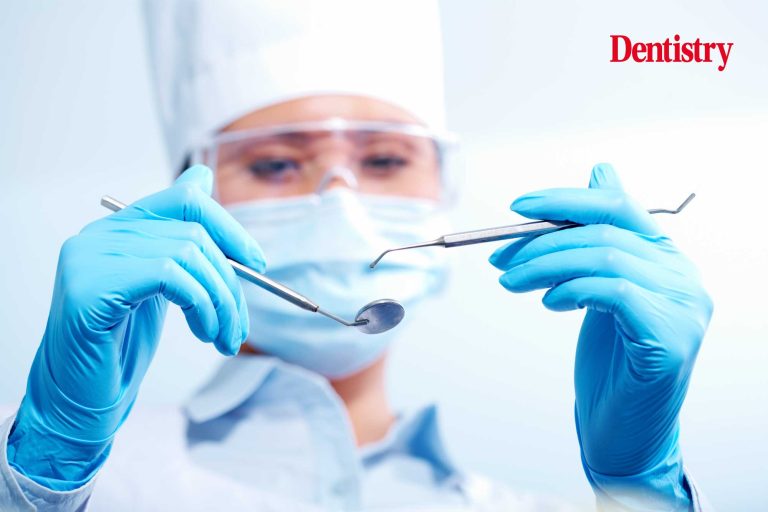How has NHS dentistry changed since it began in 1948? Neil Carmichael explores the evolving landscape of British dentistry.
While Lord Darzi’s Independent Inquiry into the NHS in England contained only 167 words about dentistry, I think we would all agree that this is a disproportionately small number of words compared to the size of the problem in dentistry today.
However, we must not revert to thinking that to solve these problems we think as has been done historically. Before 1948 and the start of the NHS, most dentists were alone, and may or may not have someone to help them. Practices in the UK are now very different in size, specialties and ownership compared to 1948.
As the public knew the NHS was coming for several years, many waited for treatment rather than pay private fees. The halted work meant that a rapid expansion of the care-giving profession was needed, with lone practitioners taking on partners and assistants to take on some of the work. You could compare it to the post-pandemic situation, however there has not been an easy option to expand the workforce to meet demand in recent years.
Within three years it was realized that ‘free dentistry’ was not an option and patient charges began for dentures in 1951 and then other routine care in 1952. This led to Aneurin Bevan resigning in protest at the introduction of fees from the Labor Party. This change in billing played a large role in dentistry continuing to need to operate as independent businesses and differentiate itself from most of the rest of the health service.
Changed beyond compare
The budget challenge remains unchanged, yet the world of dentistry has changed beyond comparison. This is not only due to changes in the profession but also in the world around us. Put simply, in 1948 people expected to have teeth extracted and dentures made and the average life expectancy was 68 years.
In 2024 people expect to keep their teeth as well as enhance their smile and with an average life expectancy of 82 years there is a much altered need for dental care provision. Care was delivered in single-handed practices, unlike the models we have now of multi-surgery practices, possibly subspecialty and perhaps part of a larger team.
The shift from primarily tooth extraction to tooth restoration and preservation worked well for both patients and dentists when payment was fee-for-service. The public could reasonably afford to keep their teeth and avoid exports. With the introduction of the high speed turbine in 1957 this meant faster preparation and more comfort for the patient.
Over time, the development of techniques, materials and technology means that treatment has changed from what is clinically necessary to what is requested by patients for their aesthetic needs.
A wider dialogue
The dental office has always needed to embrace technology and equipment changes, it is necessary to operate! Arguably, no more so than now, with huge advances in digital solutions in recent years pushing for efficiency, accuracy and sustainability.
One of the biggest changes over time has been the growth and development of the dental team. The combination of skills now available, with increased scopes of practice, can have such an impact on patient care, especially in prevention. This is a far cry from 1948 dentistry.
While the above only scratches the surface of the changes that have taken place, the main message is that we need to open up any reform discussion broadly across the profession. Any reform will require a broader team to deliver care, and the mixed economy in dentistry is here to stay. To ignore these key actors and groups within the profession and to consider only the representation of the dentist is not representative of how the profession operates today.
In an age where retention and recruitment are challenging and must be at the heart of every conversation, teams need to feel part of the larger conversation. Their combined knowledge and skills are so beneficial to effective patient care and the sustainability of dentistry.
For more information about the Association of Dental Groups, visit www.theadg.co.uk.
This article is sponsored by the Association of Dental Groups.

